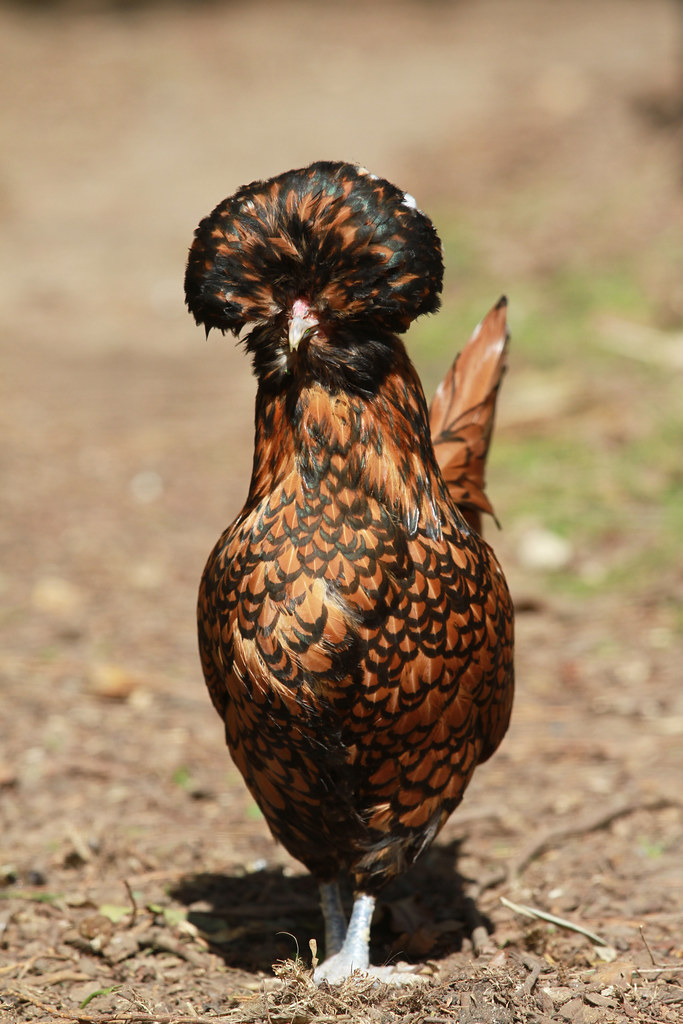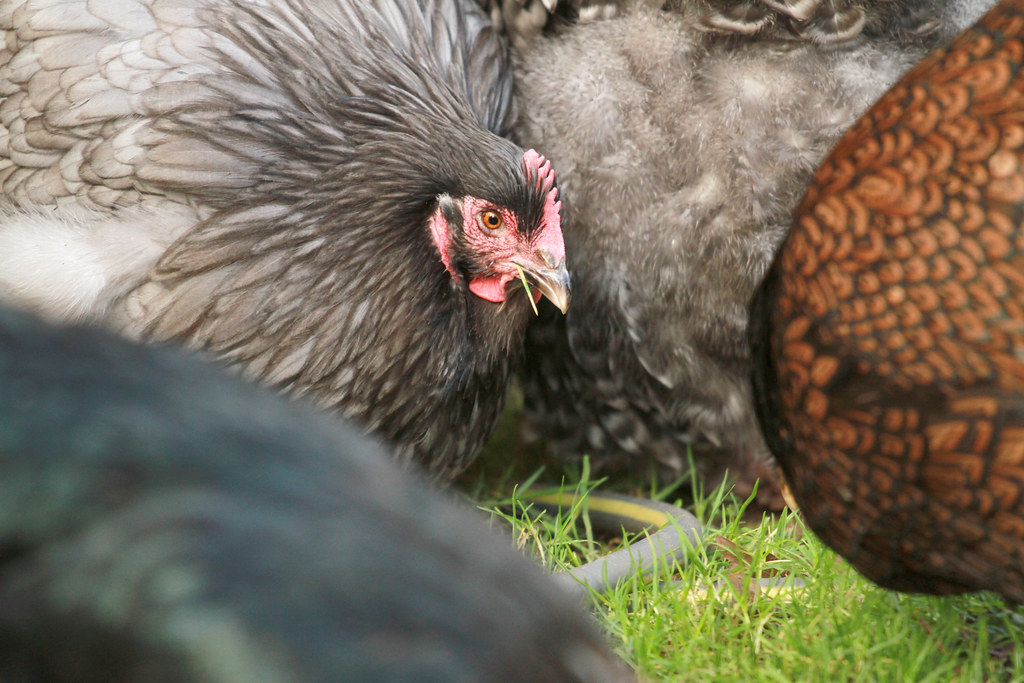My chooks are of course first and foremost my pets, but it seems slightly perverse to have a healthy sized flock and not so many eggs, so inevitably I like to include a fair number of 'hybrid' birds in my flock to satisfy my egg habit (and that of friends and family).
Hybrid chickens are 'breeds' that are each a first cross between specific pure breeds that have been carefully selected to give optimum egg production and while created for commercial use originally, plenty of types are cropping up to give different colour eggs and different colours of chicken primarily to appeal to the pet market. Hybrids are friendly, easy to keep and easy to handle.
The classic little red commercial hen that you'll probably recognise is the breed that most commercial farms seem to keep.
The sad fact behind most commercial egg production is that no matter where the hen comes from (be it free range or a cage) they have a very short 'viable' egg production life due to financial pressures on farmers to produce a cheap product. At about 17-18 months the hens are destined for slaughter despite have many, many more months and years of useful laying potential ahead.
That's where a wonderful charity called the British Hen Welfare Trust steps in. Every year they rehome over 60,000 hens to lovely pet homes.
I've had a couple of batches of ex-batts over the years and they are definitely my favourite of all the big chickens - not only are they so cute and friendly, the process of watching then bloom is just priceless! Last week I had word that the next local rescue session was happening so I dutifully popped my name down for 4 new girlies!
So this afternoon I popped along to the BHWT collection point wielding a couple of pet carriers. I was greeted by the wonderful BHWT volunteers who after some essential paperwork allocate your hens to you. Safely in their boxes, they settled down for the hour long car journey home.
As is often the case, I could immediately see that my girls varied tremendously from almost fully feathered to rather oven-ready. I'm never too worried about how sparse the girls look as a new jacket of feathers never takes long to grow back.
It never fails to amaze me how hens that have never seen grass, sky or mud seem to instinctivly know how to do all the regular chickeny things including scratching and sunbathing. This little lady got straight onto munching on some grass.
The girl on the far left of this shot is the most feathered of the batch - in fact she looks pretty close to perfect!
This close up shows the sort of feather damage that the girls often come with. As well as feathers being plucked out completely, you often find the individual feathery parts of the large feathers have been pecked away, leaving the spiky spines of the feathers behind. These will remain until the new feathers push these out - these are usually the last ones to be replaced so can look a bit spiny for quite a while to come.
Ex-batts are simply the most wonderful chickens and after a few months will go from looking sad and a little 'oven-ready' to fully feathered and wonderfully happy - I'll keep you posted!












No comments:
Post a Comment